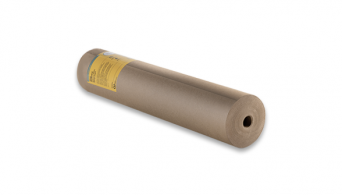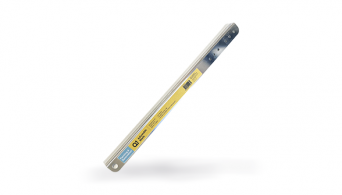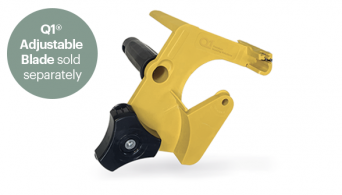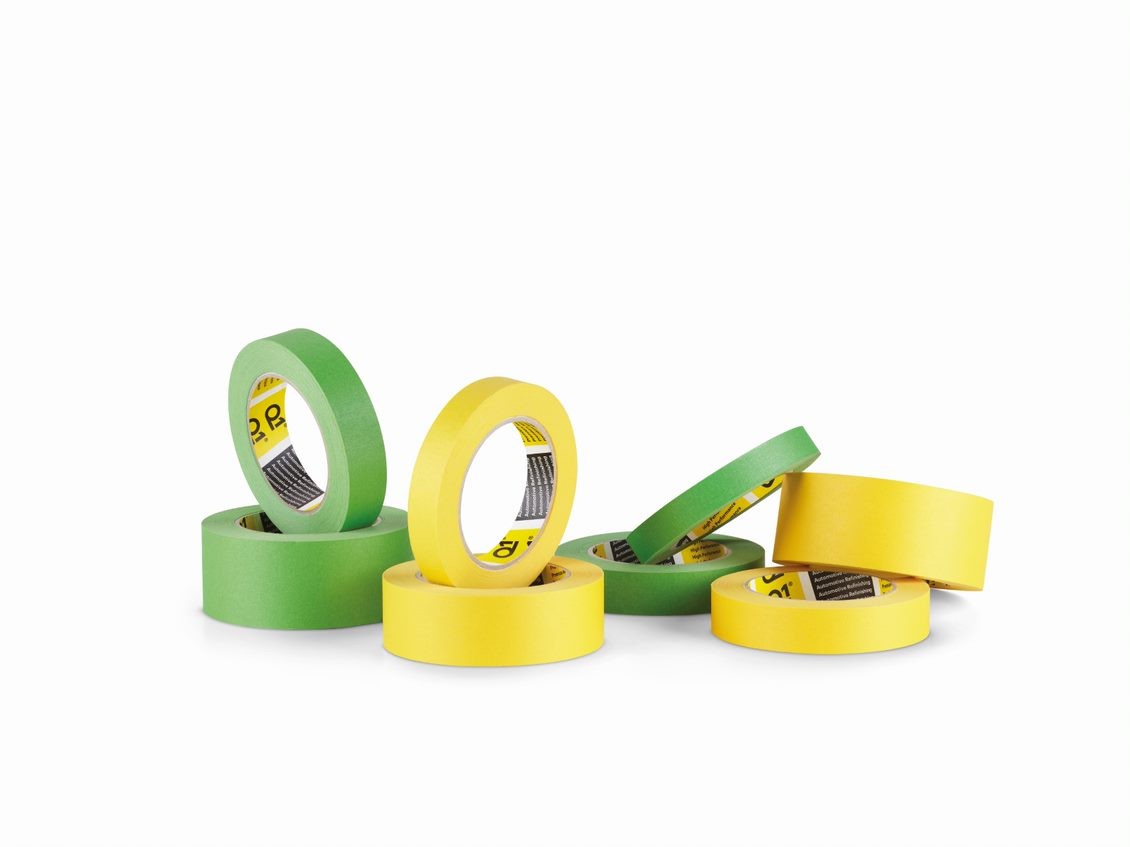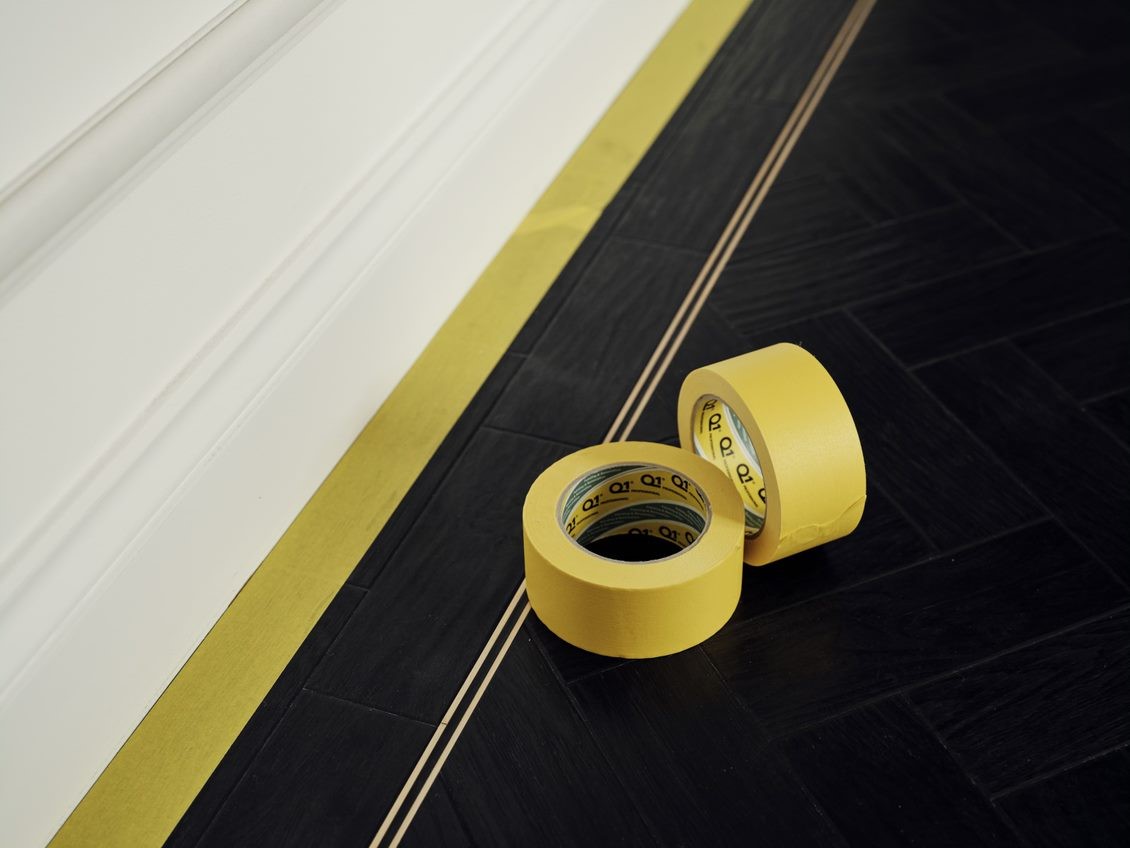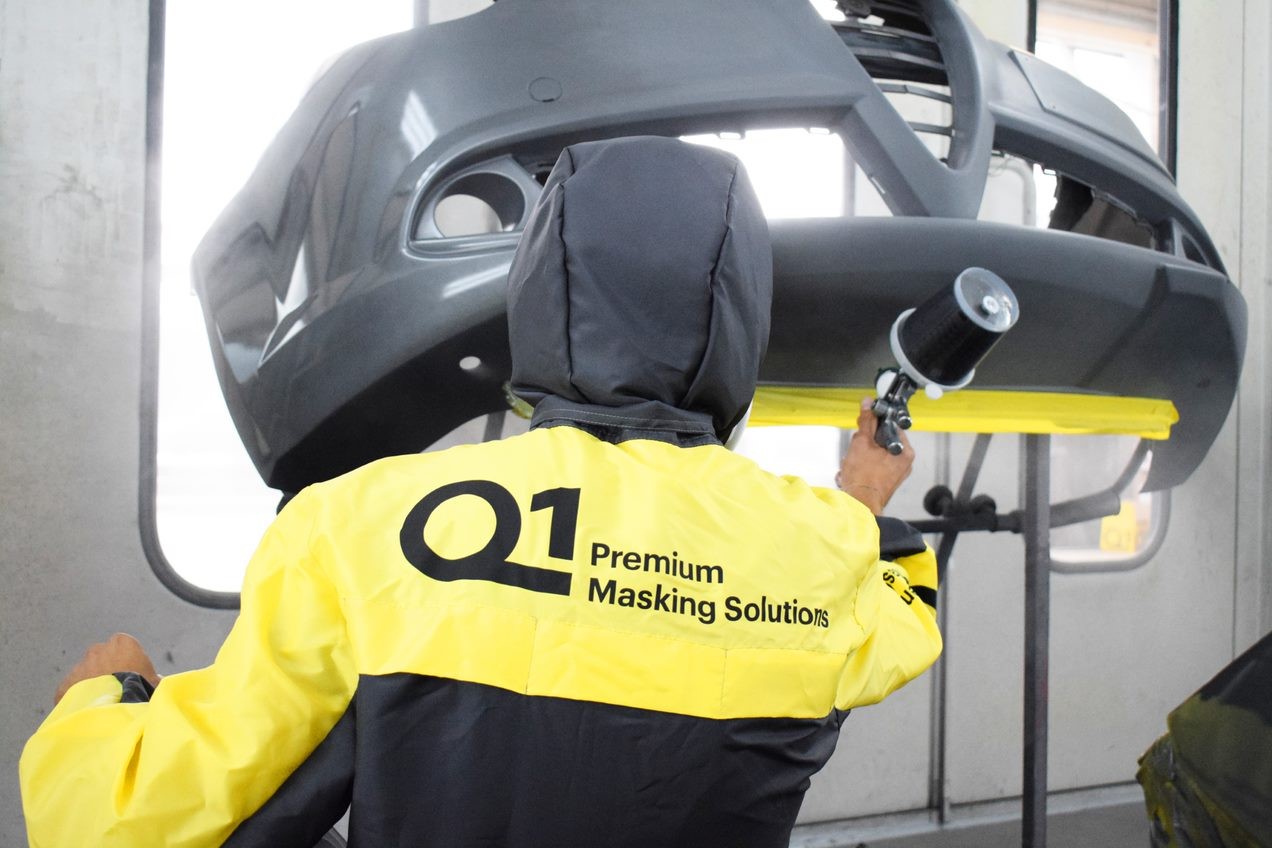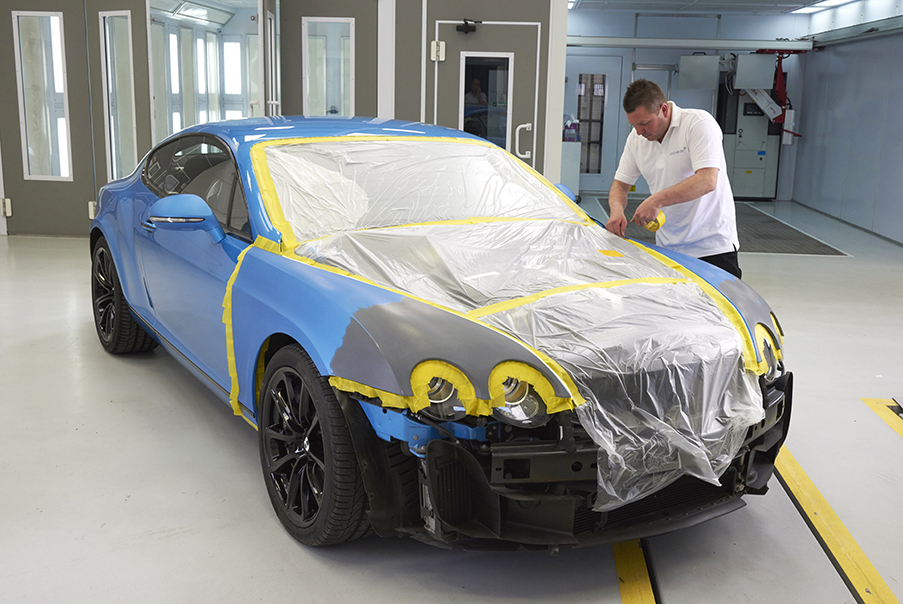
Whatever kind of painting you have to carry out on the vehicle, the masking process is always the same. It’s not a difficult operation, but it involves some tips and tricks that only the best professionals know. In this article, we deepen the most effective techniques to properly mask a car body for painting.
Start masking the car body following some simple automotive paint masking techniques:
- prepare the surface for masking
- how to tape a car for painting
- use masking paper or film to cover nearby areas
- use specific products for high precision applications
First of all, provide yourself with the right tools: a professional masking tape for the automotive sector, capable of withstanding high temperature, a roll of masking paper or, as an alternative, masking film. Films are most used to mask the upper parts of the vehicles, as they are easier to deal with than masking paper. Now, we can start masking the car body.
#1 – Prepare the surface for masking
Make sure to prepare properly the areas to mask: they should be smooth and clean, dry and free from dust. Any dirt could compromise the effectiveness of the masking products, causing problems during the painting of the car body.
In fact, if the surfaces are not perfectly clean, masking tape may break off in the middle of the work and the paint itself may flake off during or after the job.
Hot water and cleanser may not be enough to ensure an accurate cleaning: so, water or solvent based degreasing products are used to remove grease, oil and silicone from the car.
When needed, sanding is useful to remove the previous finish and reshape the surfaces. Use thicker grits on the damaged area and get gradually lighter as you go farther from the damage.
#2 – How to tape a car for painting
Now it’s time to apply masking tape under the edges around the masking area. There is a best way to perform this operation: unwind the tape and apply it under the edges of the area you need to paint. Just make sure you use only half of the adhesive surface of the tape, letting the other half stick out from the edge, ready to be used for the next step of masking. We’ll need it to apply masking paper on the vehicle. For small and narrow areas to protect (such as door handles), you can use the tape directly on the car.#3 – Use masking paper or film to cover nearby areas
Now, prepare masking paper or masking films for the protection of the surfaces around the area to paint. First, apply masking tape around the edges of the paper, letting half of the tape stick out; then, fit the paper on the car, matching the free tape on its edges with the one we prepared on the vehicle. The best masking tapes give their best performance tape on tape, in this step of the job.#4 – Use specific products for high precision applications
In some cases, we have to paint near doors, sunroofs, headlights or taillights. To protect these areas in the best way, you’d better use some specific products: foam masking tape, for example, is perfect to protect door jambs and gaps, fitting perfectly the grooves of the car. To mask off rubber trims, preventing paint bridging, you can employ trim masking tape, a product specifically designed to be applied around the trims.
To mask a car before wet sanding, we suggest a High performance masking tape, designed for most critical jobs where water is involved.


